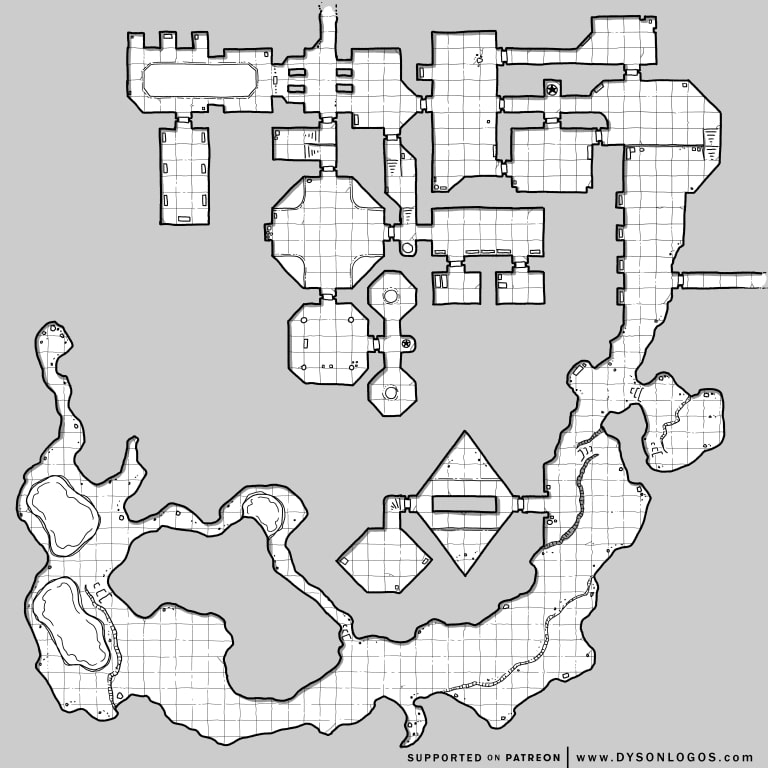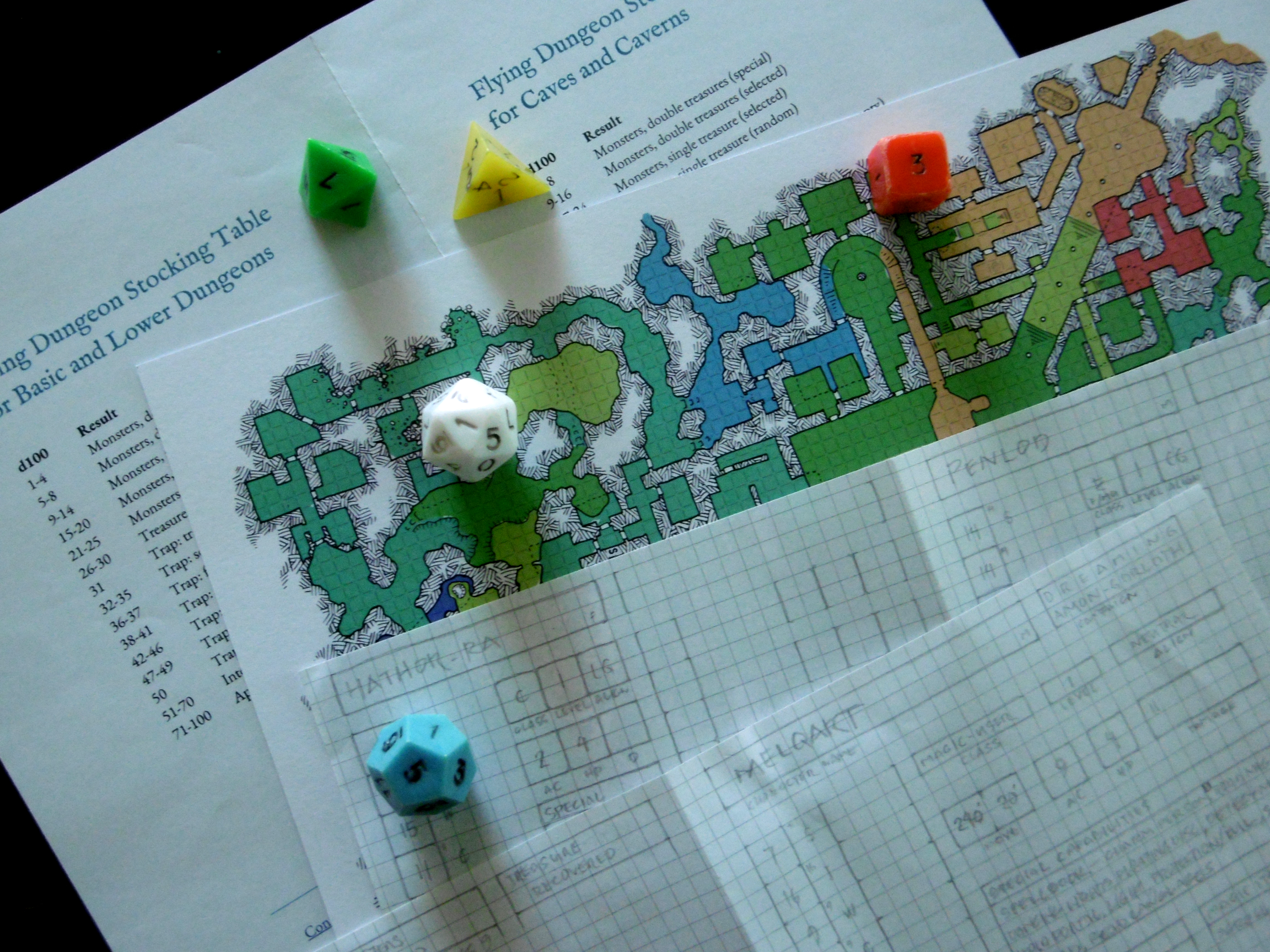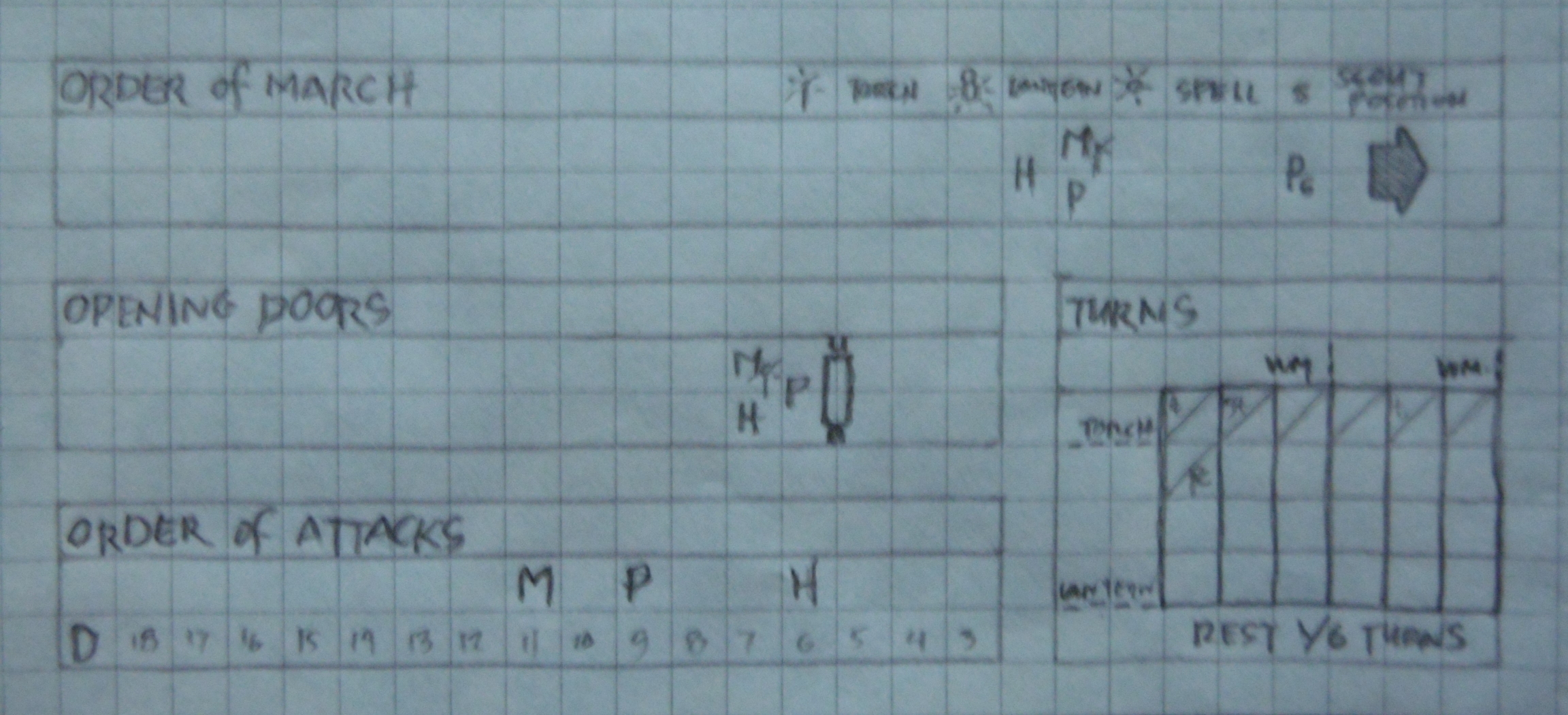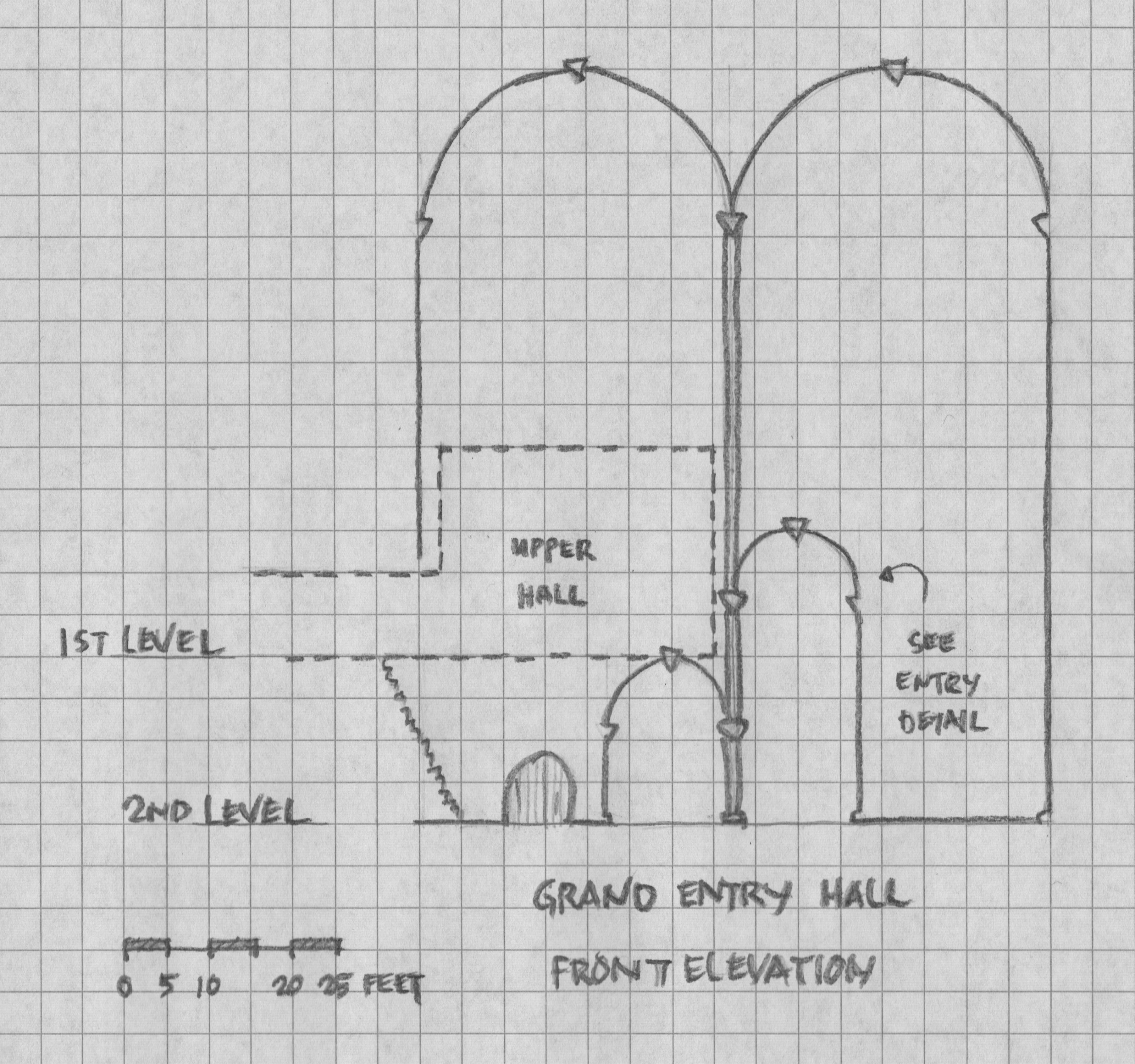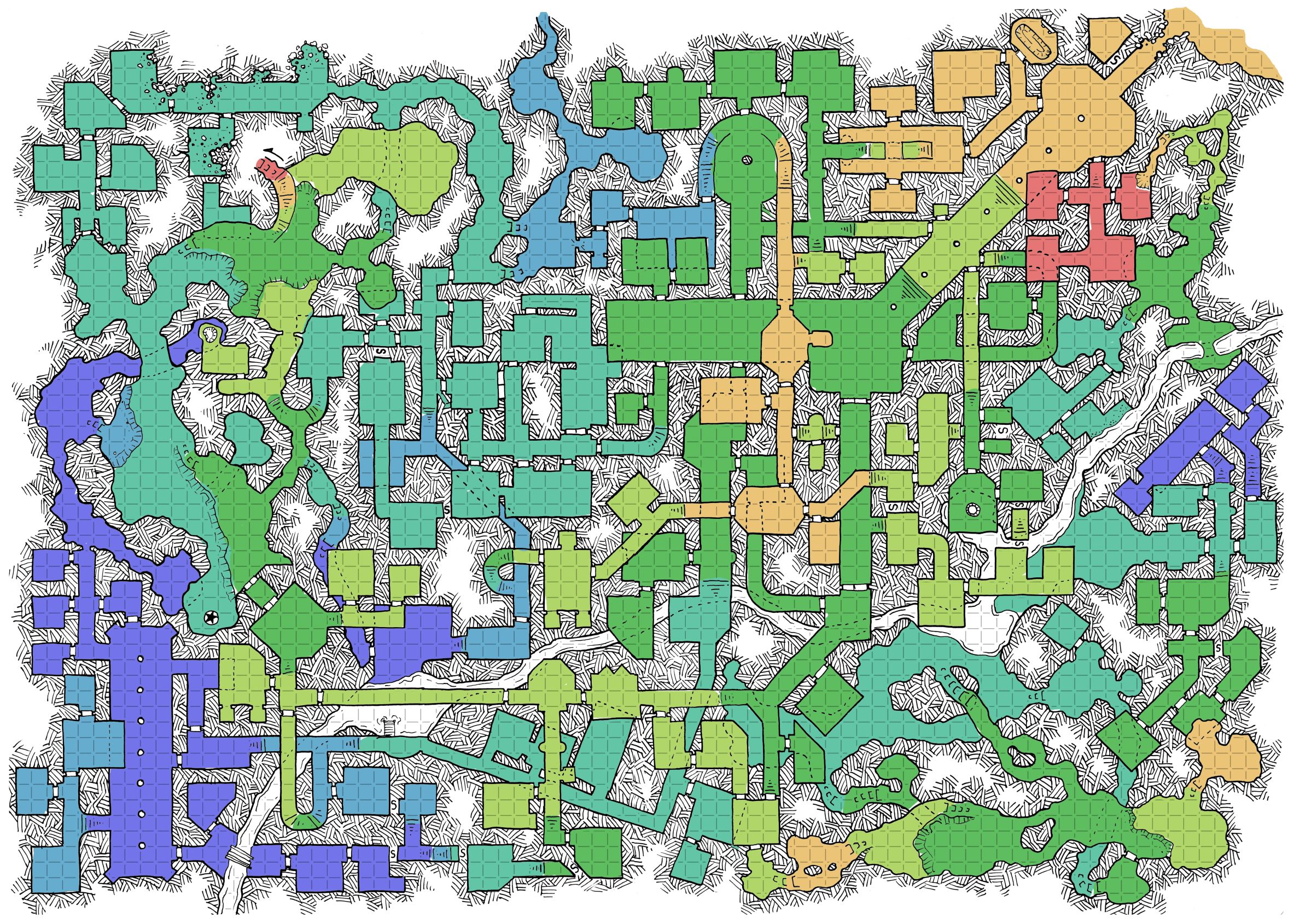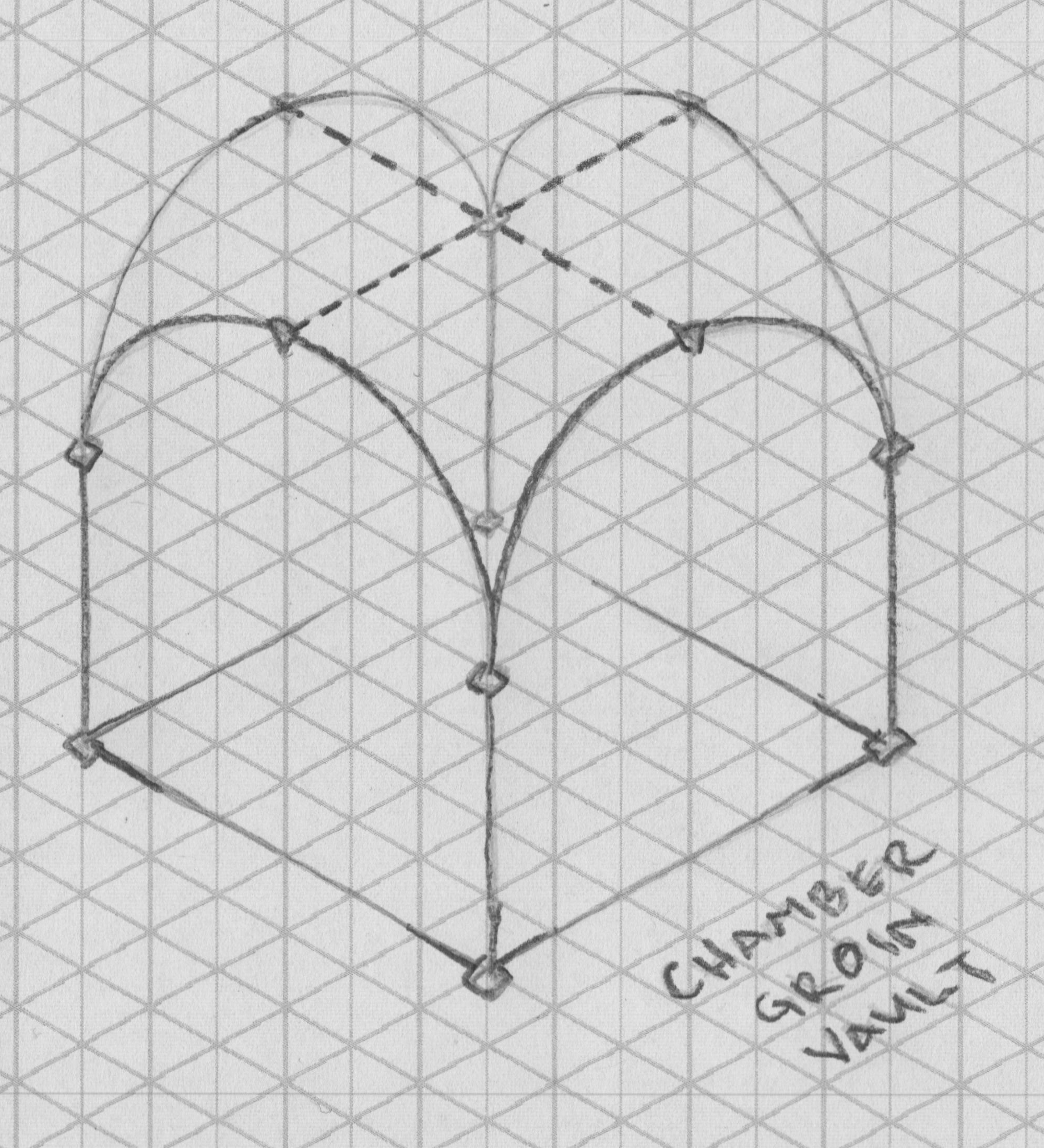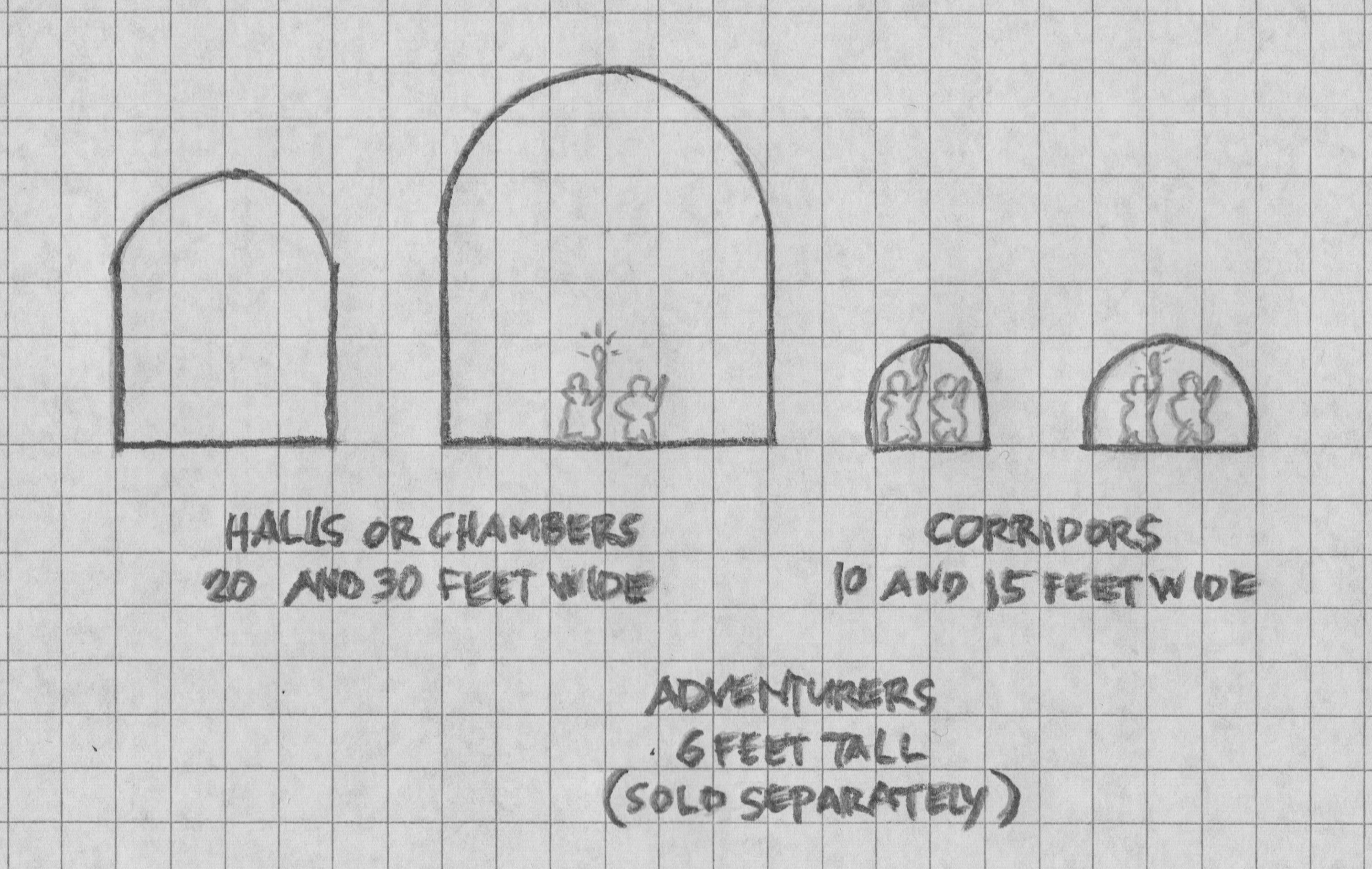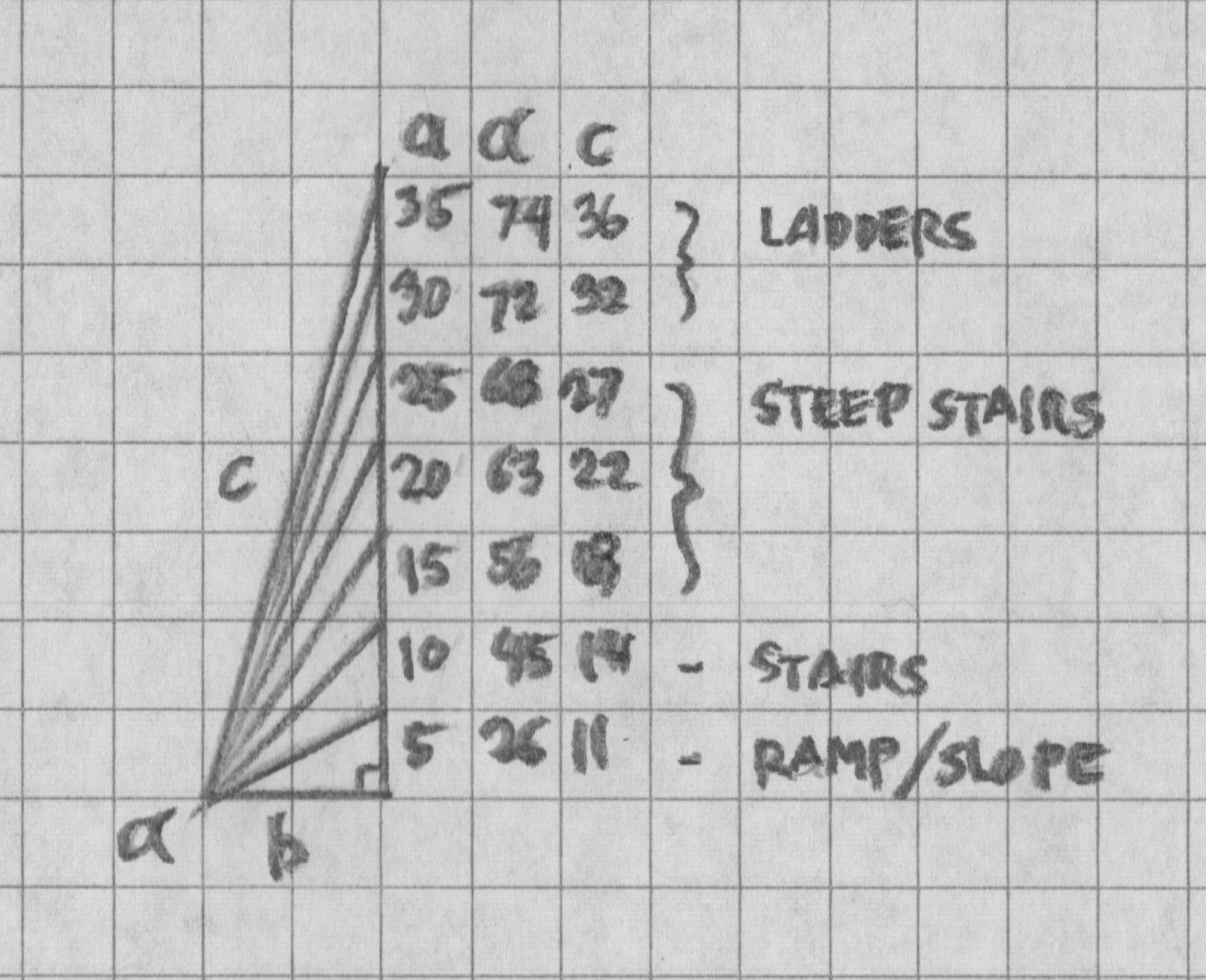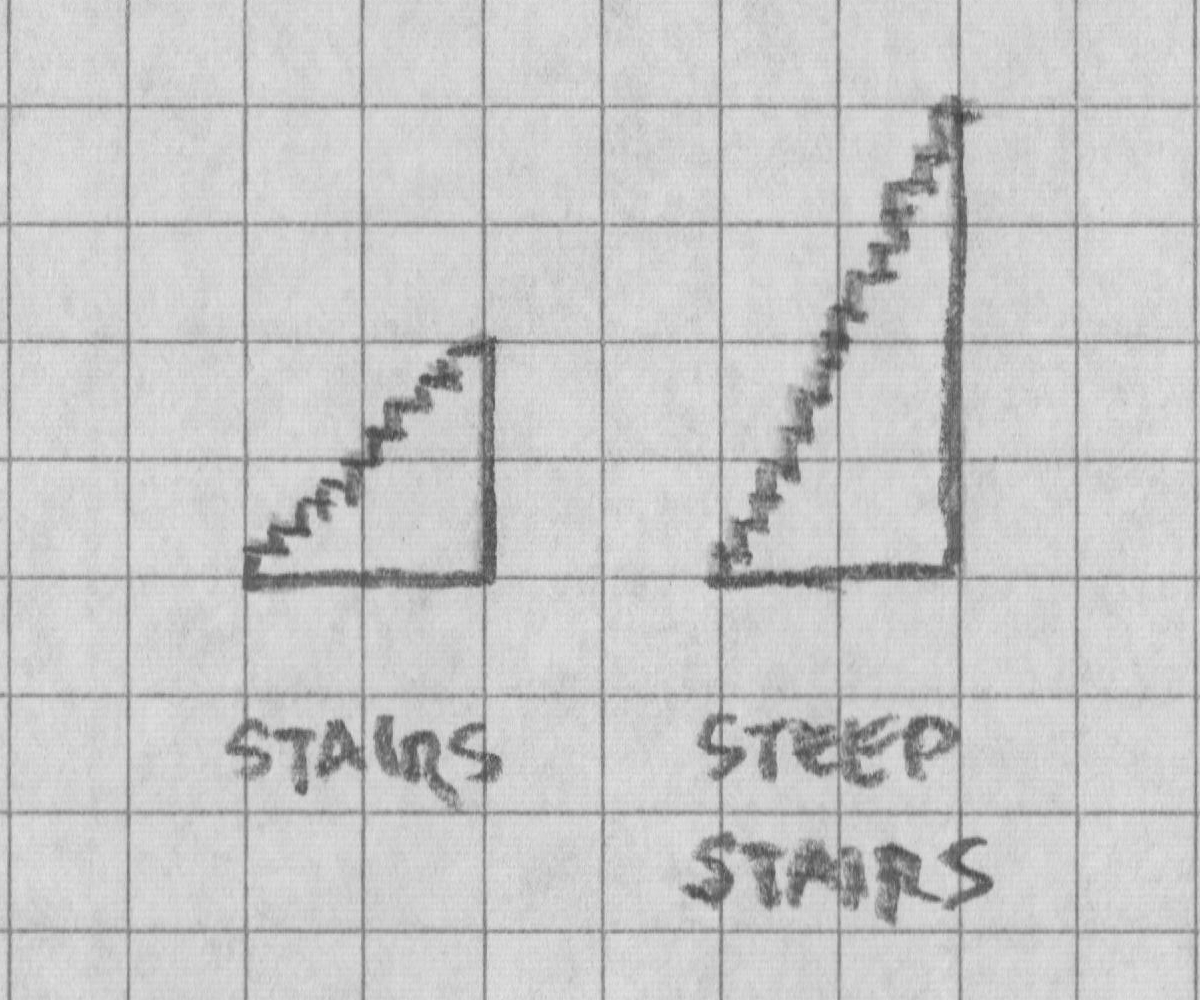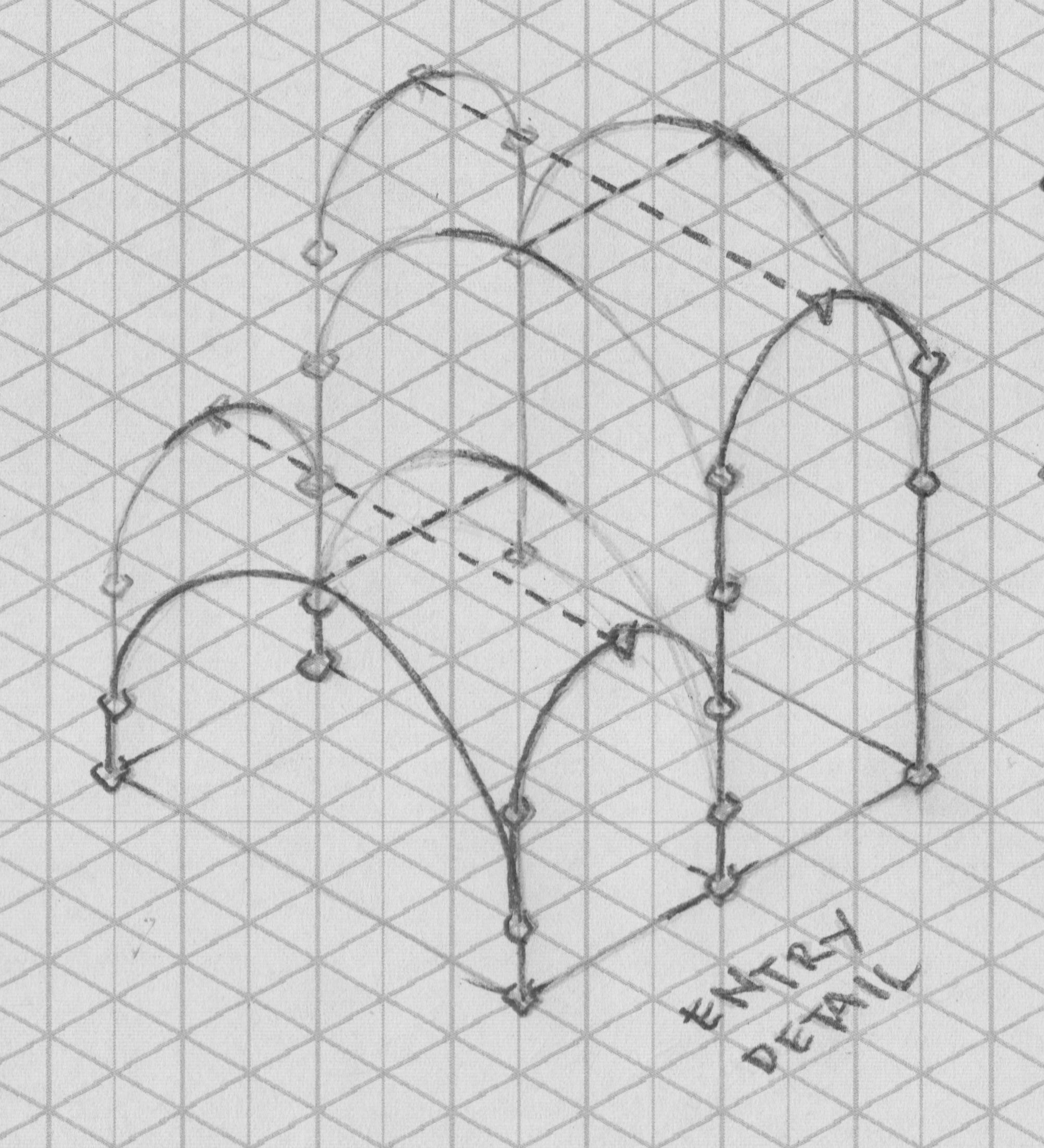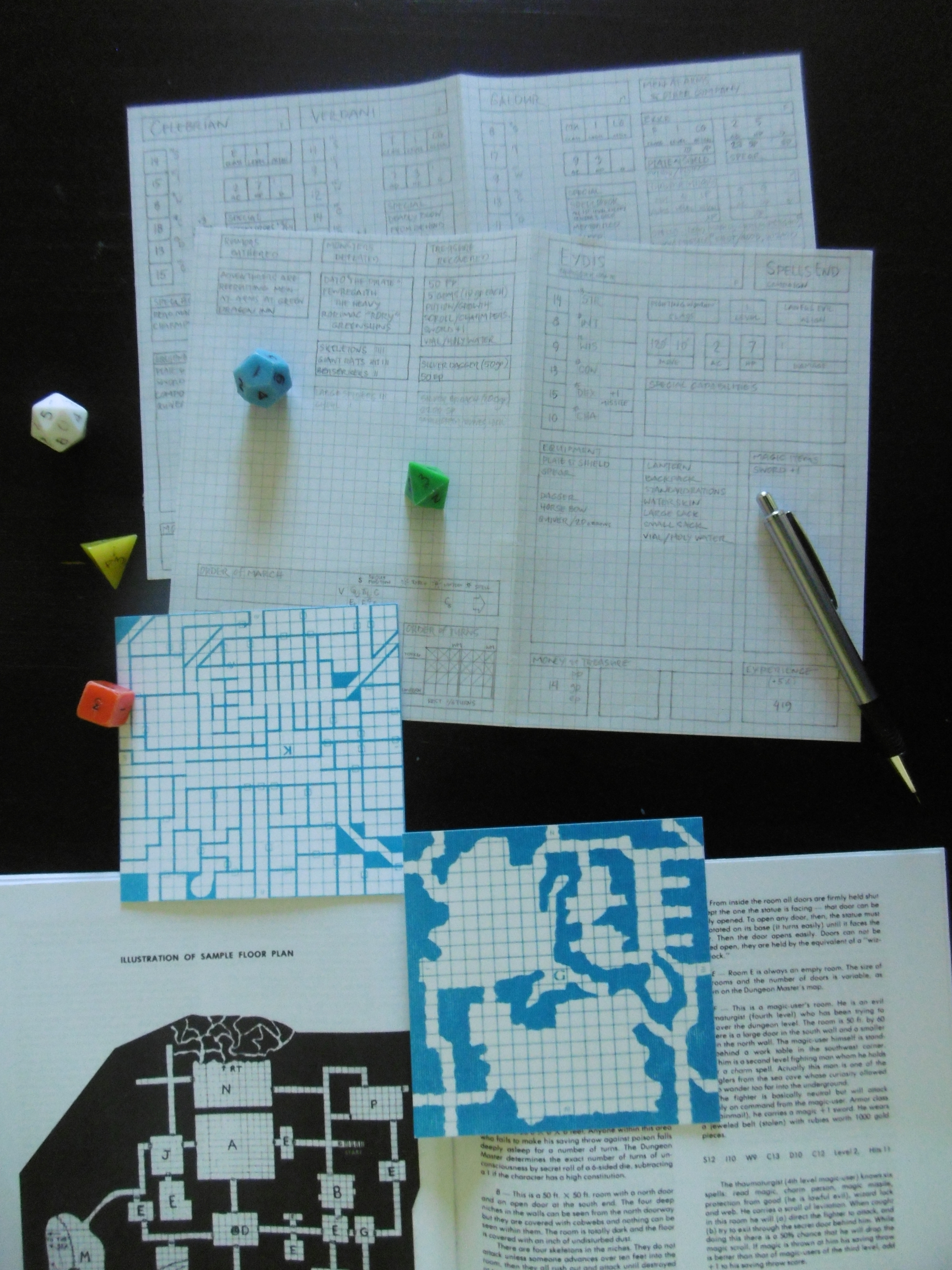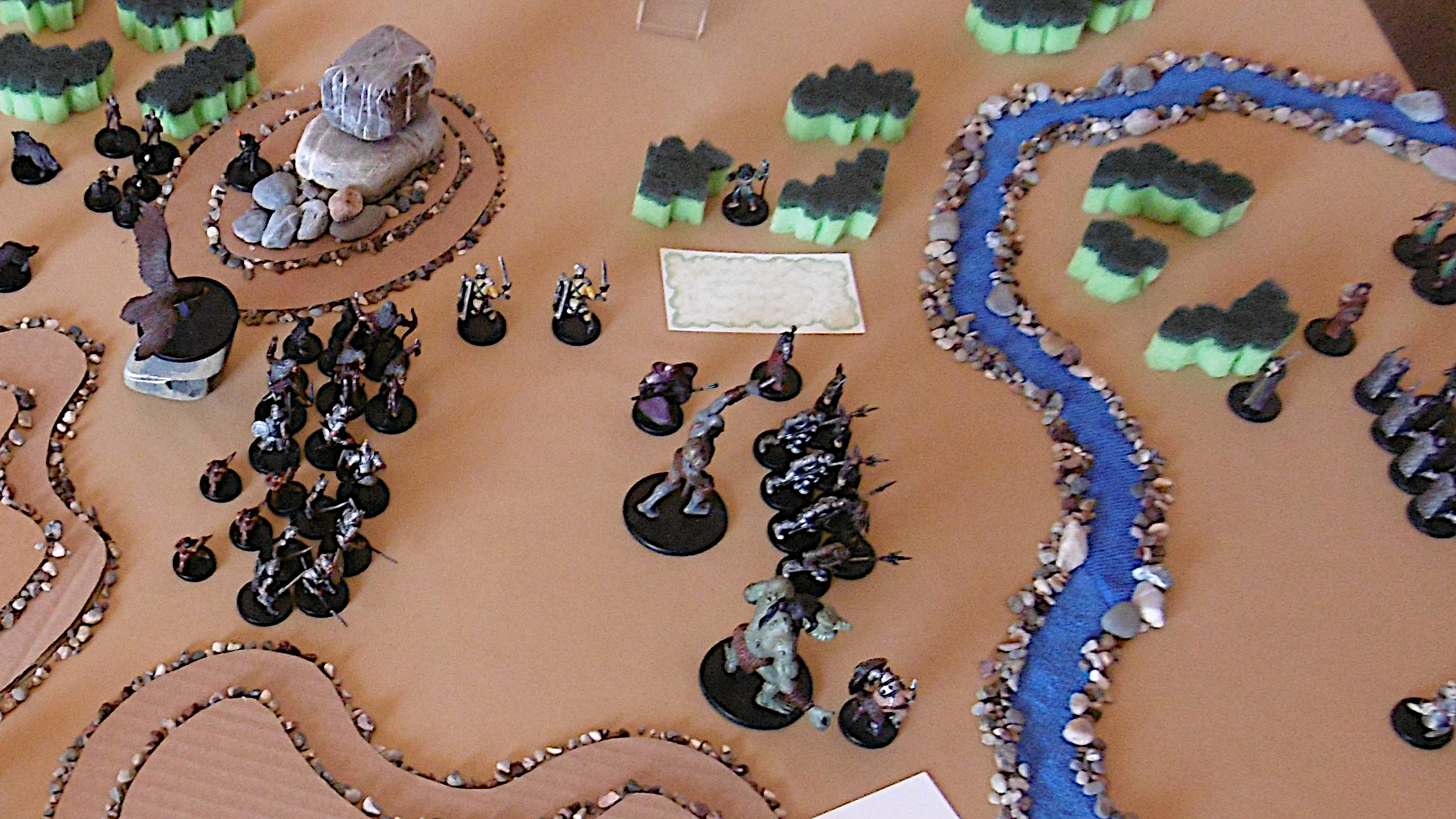Progressive Dice for Effects Durations
In the first foray into the Deep Halls, Melqart is stunned by the defensive explosions of scarab beetles. The effect lasts for 2 to 8 turns.
Normally, the DM rolls 2d4 and makes note of the turn on which the character recovers. Playing solo or otherwise without a DM, though, we should not know when the effect is to wear off.
In Melqart’s case, had I rolled the variable duration immediately, I might be tempted to plan the next turns—or otherwise use the information unconsciously. “We guard Melqart until he can move again…” This breaks the narrative tension and challenges verisimilitude.
Procedure
For these occasions, I use what I call progressive dice. Instead of rolling for the effect duration at the trigger to know on what turn the effect ends, we roll the same dice at the beginning of each subsequent turn to see if the effect ends in that turn.
A dice result equal to or greater than the current subsequent turn indicates the effect continues. Roll again at the beginning of the next turn. A lower result means the effect ends.
Examples
Simple Variable Duration
A shrieker’s alarm sounds for 1 to 3 rounds after exposure to light. The next round is the first round of the effect duration. No need to roll this round, as the effect continues even on a 1. On the second subsequent round, the shrieking continues on a 2 or higher. Third round, the shrieking continues only on 3 result. In which case, it ends at the beginning of the next round, having reached its maximum duration.
Fixed Plus Variable Duration
A character quaffs an invisibility potion, which lasts a fixed period of 6 turns plus a variable duration of 1 to 6 turns (by my reading of Holmes, 37), which is 7 to 12 turns. For the first 7 turns, no roll is necessary. The character is invisible. At the beginning of the eighth turn—that is, the second turn of the variable duration—roll a d6. On a 2 or higher, the invisibility effect continues. Less than 2, the effect ends; the character becomes visible.
| Table of Turns, Duration: 6 plus 1 to 6 (7-12) turns | ||||||
|---|---|---|---|---|---|---|
| Duration | Turn | |||||
| Fixed | 1 | 2 | 3 | 4 | 5 | 6 |
| Variable (d6) | 7 | 8 | 9 | 10 | 11 | 12 |
| *No. Subsequent Turn | (1) | 2 | 3 | 4 | 5 | 6 |
| *The effect continues on a dice result equal to or greater than the current subsequent turn. () No need to roll when the result can only indicate the effect continues. |
||||||
Any Dice Combination
Melqart is stunned for 2 to 8 turns. Roll the same dice combination, 2d4, at the beginning of each subsequent turn, ignoring the first and second, when the result can only indicate the effect continues. But count all turns following the trigger as subsequent turns. At the beginning of the third turn of the duration, a 2d4 result of 3 or greater means the effect continues.
| Table of Turns, Duration: 2 to 8 turns | ||||||||
|---|---|---|---|---|---|---|---|---|
| Duration | Turn | |||||||
| Variable (2d4) | 1 | 2 | 3 | 4 | 5 | 6 | 7 | 8 |
| *No. Subsequent Turn | (1) | (2) | 3 | 4 | 5 | 6 | 7 | 8 |
| *The effect continues on a dice result equal to or greater than the current subsequent turn. () No need to roll when the result can only indicate the effect continues. |
||||||||
In Play
Disadvantage
More Dice Rolls: We are effectively replacing a single dice roll with a series of rolls, which we like to avoid as it takes more time.
Advantages
Fewer Notes: On the other hand, rolling the usual way, the DM must note and remember when the effect will end. Rolling progressive dice, at least one player has a vested interest in the roll, so it isn’t easily forgotten.
Player Agency: Even with a DM, the player may be allowed to roll the progressive dice.
Increasing Tension: There can be a lot riding on that dice roll. As the turns pass, the tension mounts.
While Melqart squirms on the floor, moaning, palms over ringing ears, the harpy is leading the rest of the party—all charmed—to its nest. Will Melqart come to his senses in time to save them…?
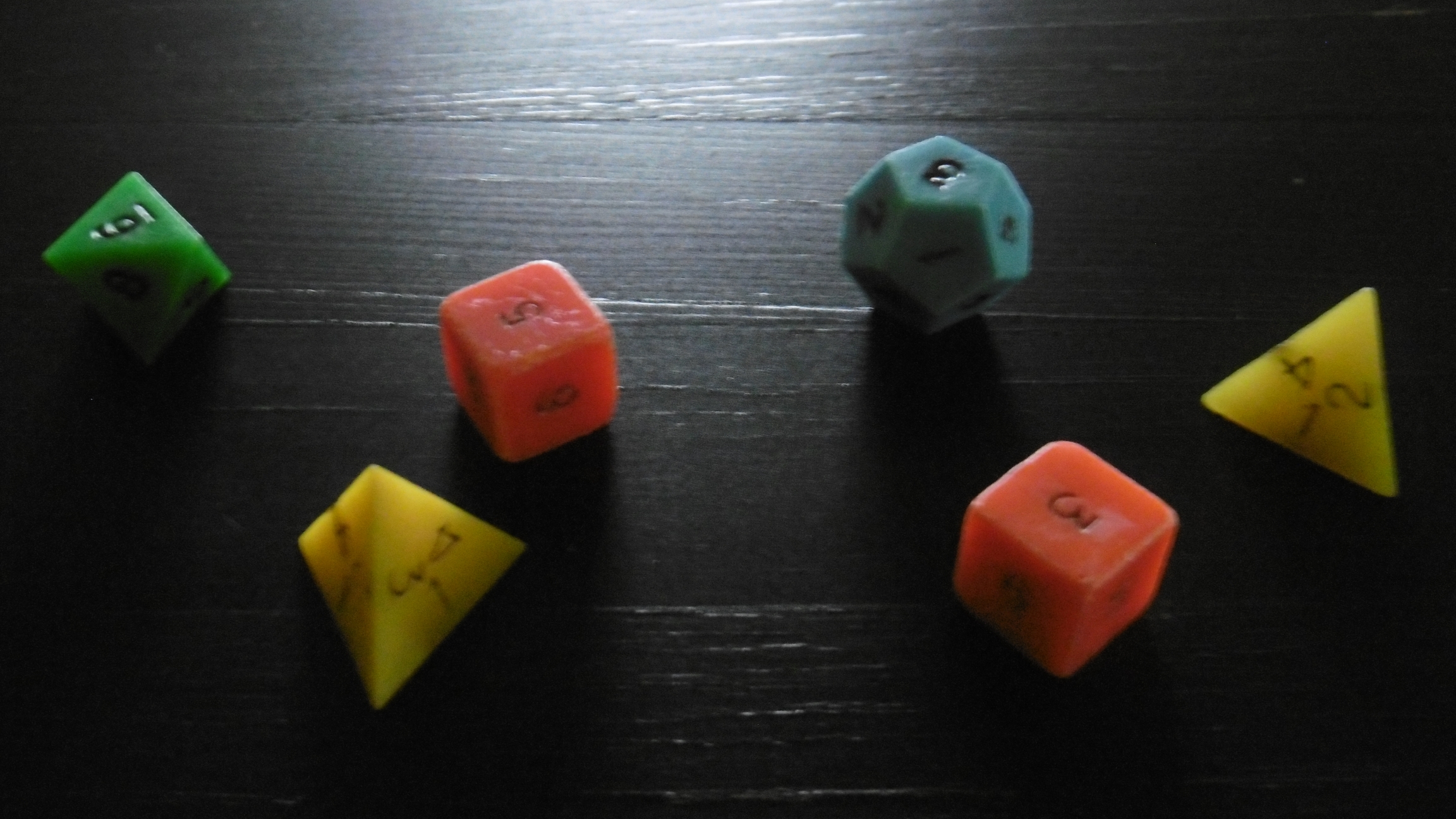
Statistically Equivalent?
I am uncertain whether there is a difference, using progressive dice, in the statistical chance for the effect to end in any particular point in the duration.
Rolling in the usual way, we have a 1 in 6 chance for the effect to end after any of six turns. At the same time, there is a 100% chance (6 in 6) for the effect to last at least one turn, a 5 in 6 chance it will last at least two turns, 4 in 6 for three turns, and so on.
With progressive dice, the chance to end the effect increases as the turns go by, starting at 0 in 6 in the first subsequent turn, 1 in 6 in the second turn, and so on, up to 5 in 6 at the beginning of the turn of maximum duration. If it doesn’t end on this turn, it will certainly end at the beginning of the next turn.
Intuition tells me it’s the same chance, but that guy has been wrong before. I’ve put the question to a smart math person. Your comments are also welcome. I’ll add an update when I get something.
Once again intuition leads me astray. The so-called “progressive” dice method described in this article is not statistically equivalent to the traditional method. This method is still useful in play, provided we accept the limitation. For further explanation and an alternative solution, see “Progressive Dice, a Misnomer.” [08:30 21 January 2022 GMT]
